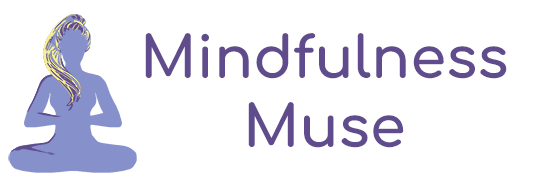Identify Common Cognitive Distortions

“The world we have created is a product of our thinking; it cannot be changed without changing our thinking.” – Albert Einstein
Many of the automatic thoughts that pop into our minds are distorted in some way. Perhaps they are unrealistically negative or leave out relevant information. The result of these distorted cognitions is typically a negative shift in mood. Can you think of a recent event that caused an automatic thought to pop into your mind (e.g., “Stupid” or “I’m a failure”)?
We have these automatic thoughts so frequently that it is easy not to notice them at all. What we usually do notice is that we are suddenly feeling sad, angry, or anxious. The challenge here is to learn how to identify common cognitive distortions, begin to challenge them appropriately, and start replacing them with thoughts more based in reality.
Common Cognitive Distortions
According to Dr. Judith Beck, influential cognitive therapist (and daughter of the founder of cognitive therapy, Dr. Aaron T. Beck), identifies twelve typical errors in thinking in Cognitive Therapy: Basics and Beyond (1995).
(1) All-or-nothing thinking
This type of thinking is polarizing or dichotomous – it locks us into believing that a situation can “only” be viewed in two categories (rather than in shades of gray). Example: “If I’m not a total success, I am a failure.”
(2) Catastrophizing
This occurs when we believe that we can “magically” predict the future without considering other, more probable, outcomes. Example: “I’ll be so upset, I won’t be able to function at all.”
(3) Discounting the positive
When we engage in this type of cognitive distortion, we unreasonably tell ourselves that positive events, attributes, or facts simply do not count. Example: “I may have done that well, but that doesn’t mean I’m smart; I just got lucky.”
(4) Emotional reasoning
This is a common cognitive distortion wherein we believe in the validity of something because we “feel” it is true so strongly that we ignore evidence to the contrary. Example: “I know I do a lot of things well, but I still feel like a failure.”
(5) Labeling
This distortion occurs when we put a fixed generalized label on ourselves or others without considering that available evidence may lead to a less disastrous conclusion. Example: “I’m a loser” or “He’s a bad person.”
(6) Magnification / minimization
We engage in this distortion when we evaluate ourselves, others, or a situation while unreasonably magnifying or minimizing the positive. Example: “Getting a low grade proves how stupid I am” or “Just because I did well, it doesn’t mean I’m smart.”
(7) Mental filter
This is also sometimes referred to as selective abstraction. When we think this way, we pay undue attention to one negative detail rather than seeing the big picture. Example: “Since that one part of the date didn’t go well, it means the whole thing was a failure.”
(8) Mind reading
We employ distorted thinking in this way when we believe that we somehow know what others are thinking – failing to consider other, more likely, possibilities. Example: “I can tell she’s thinking that she doesn’t like me.”
(9) Overgeneralization
We overgeneralize when we make sweeping negative conclusions that extend far beyond the scope of the present situation. Example: “Because I felt nervous at that party, I just don’t have what it takes to make friends.”
(10) Personalization
This is when we believe that others are acting negatively because of us, without considering other, more plausible, causes for their behavior. Example: “She didn’t smile at me in the hallway because I did something wrong.”
(11) “Should” & “must” statements
This type of distortion is also referred to as imperatives. It is when we have precise fixed ideas about how we or others should behave, overestimating how bad it would be if these expectations are not met. Example: “It’s awful that I made a mistake. I should always do my very best.”
(12) Tunnel vision
This common cognitive distortion occurs when we are only able to see the negative aspects of a situation. Example: “He just can’t do anything right. He’s so critical and insensitive.”
What do you see these common cognitive distortions as having in common? Does it strike you that a common thread throughout these distorted automatic thoughts is their failure to take in all known information and to explore realistic outcomes based on evidence? If you notice that you identify with some or many of these cognitive distortions, remember that we all think in these ways from time to time. The trick is to begin to realize that there are other, more adaptive ways of thinking about ourselves, others, and events.
When we actually begin to consider the worst case scenario of events in our lives, we realize that the “worst” thing rarely comes true. However, the fear of the worst case scenario can be paralyzing and debilitating. Once we begin to identify patterns in our own cognitive distortions and recognize the possibility of more likely scenarios, we start to loosen the grip that these distortions take on our lives. Try to “catch yourself” in these distorted automatic thoughts the next time you notice a sudden shift in how you are feeling. What were you thinking just then? What type of cognitive distortion might have just occurred to you?
– – – – – – – – – – – – – – – – – – – – – – – – – – – – – – – – – – – – – – – – – – – – – – – – – – – – – – – – – – – – – – – – –
Beck, J.S. (1995). Cognitive therapy: Basics and beyond. New York, NY: Guilford Press.
Featured image: on the fence by jenny downing / CC BY 2.0
